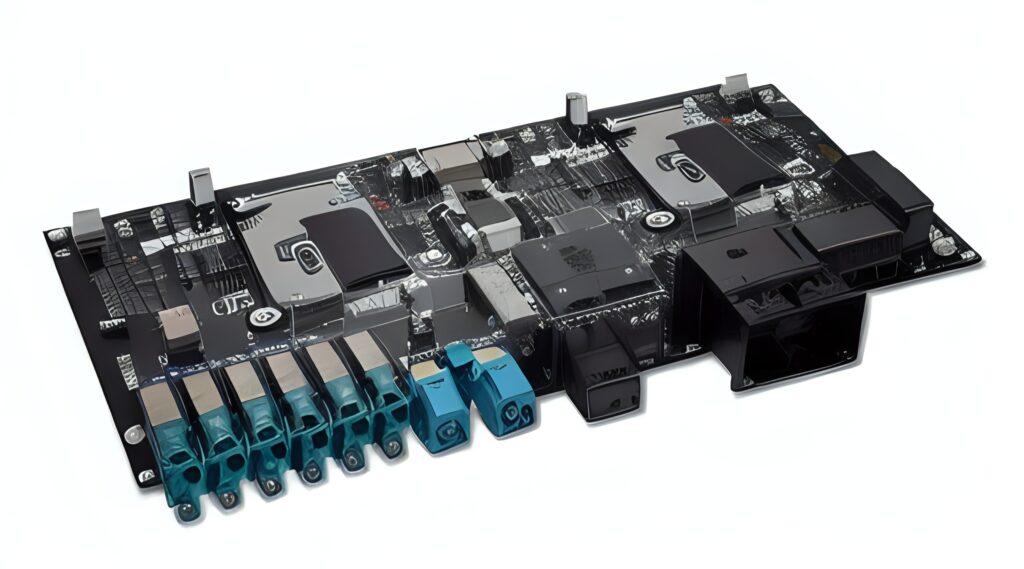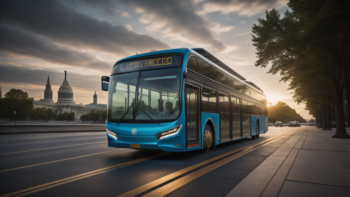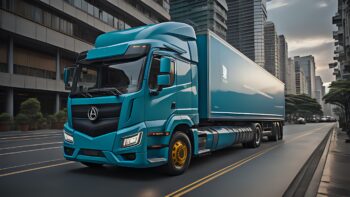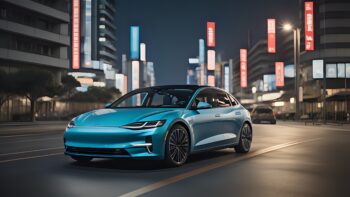
Autonomous Driving Control Unit
Listing Category by product
Exploring autonomous drive control unit
An autonomous drive control unit serves as the brain of autonomous vehicles, responsible for processing sensor data, executing algorithms, and making real-time decisions to navigate the vehicle safely and efficiently. This sophisticated onboard computer integrates inputs from cameras, LiDAR, radar, and other sensors to perceive the vehicle’s surroundings and detect obstacles, pedestrians, and other vehicles. By analyzing this data and predicting potential scenarios, the control unit generates commands for acceleration, braking, and steering to ensure smooth and safe navigation. Additionally, it communicates with other vehicle systems and external infrastructure to coordinate movements and adapt to changing road conditions, ultimately providing passengers with a reliable and comfortable autonomous driving experience.
Key features and benefits
- Functionality: The autonomous drive control unit acts as the central processing unit of autonomous vehicles, coordinating sensor inputs, executing algorithms, and controlling vehicle dynamics to enable autonomous driving functionality.
- Safety: Safety is paramount in autonomous vehicles, and the control unit plays a critical role in ensuring safe operation by continuously monitoring the vehicle’s surroundings, detecting potential hazards, and implementing appropriate control actions to avoid accidents.
- Redundancy: To enhance reliability and fault tolerance, autonomous drive control units often incorporate redundant systems and fail-safe mechanisms to mitigate the risk of system failures or malfunctions.
- Adaptability: As autonomous drive technology evolves, control units are designed to be adaptable and scalable, allowing for software updates and enhancements to improve performance, functionality, and safety over time.
- Integration: Autonomous drive control units seamlessly integrate with other vehicle systems, including propulsion, braking, and steering, as well as external infrastructure such as traffic signals and communication networks, to enable efficient and coordinated autonomous driving in various environments.











